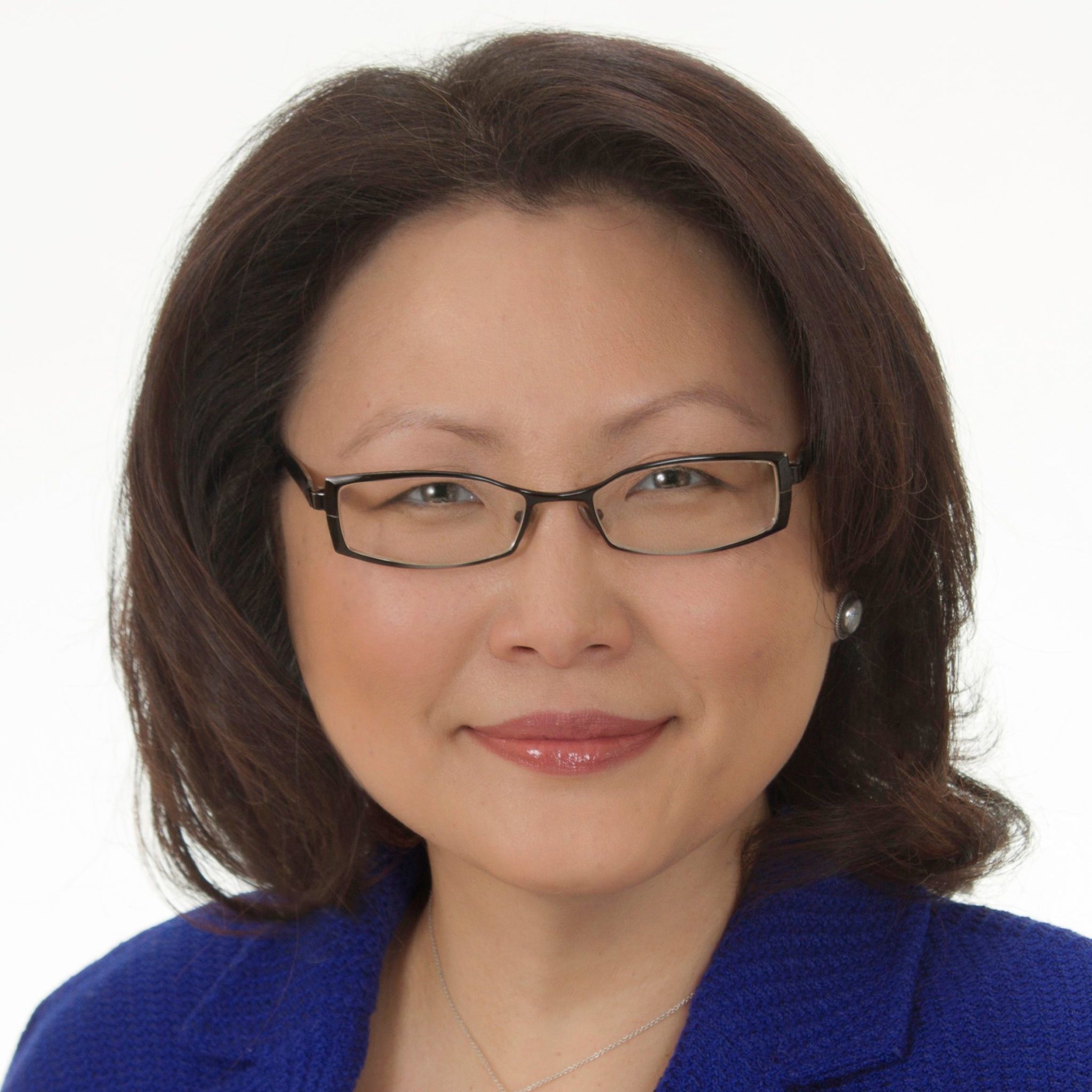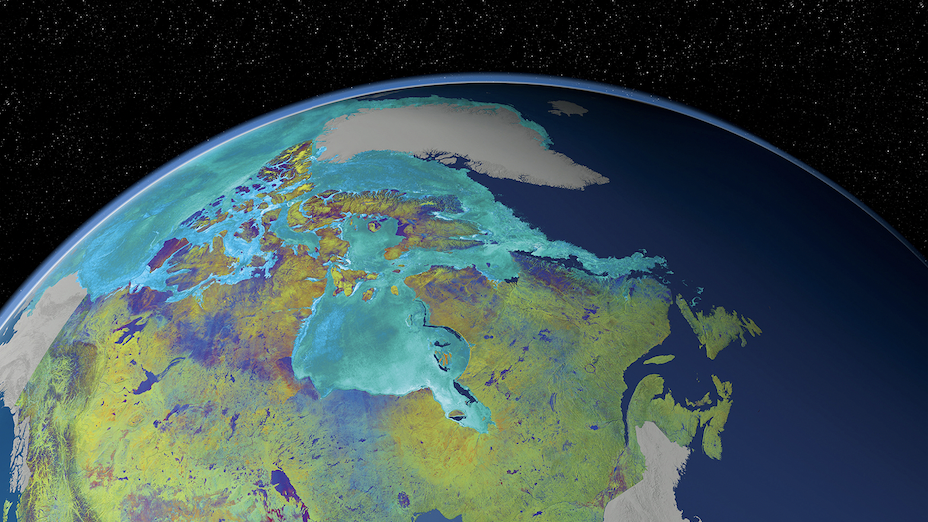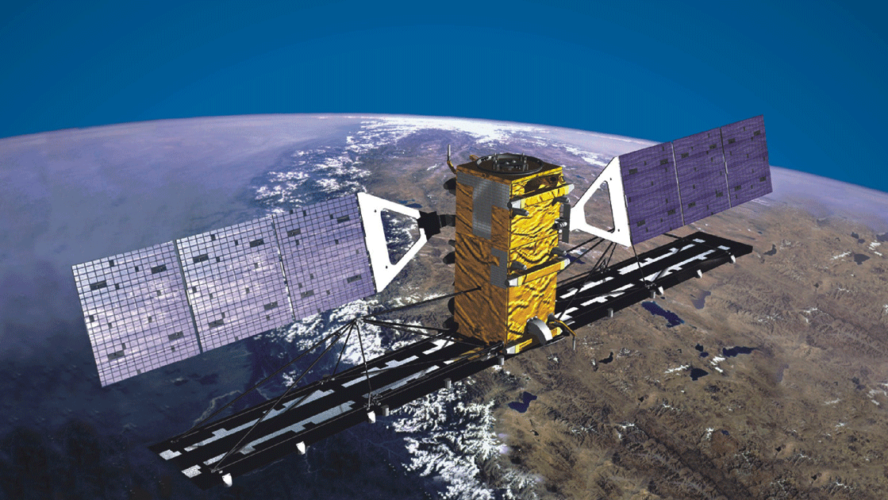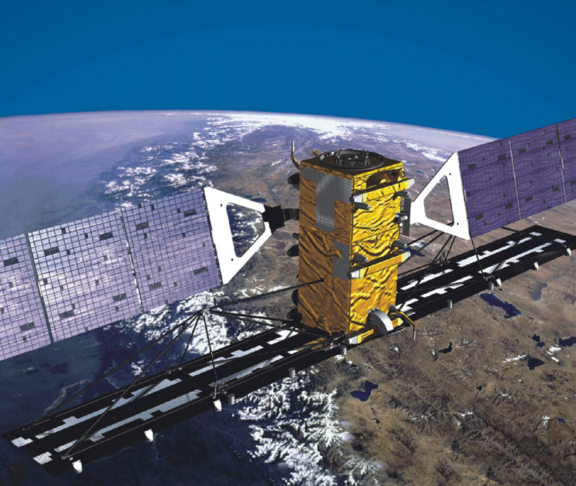International space leader MDA has an impressive 50-year history of firsts on and above the Earth. As an international space mission partner and a robotics, satellite systems, and geointelligence pioneer, the team at MDA works on some of the world’s most sophisticated radar satellites, flight-proven space robotics, including Canadarm, and some of the worlds most capable communications satellites and constellations. For over 15 years, MDA’s RADARSAT-2 satellite has been providing maritime surveillance for illegal, unreported and unregulated fishing, Arctic ice monitoring, natural disaster management, environmental monitoring, and more to governments in Canada and around the world. Building on the legacy of the RADARSAT program, MDA’s new constellation CHORUS will provide the most extensive radar imaging capacity available on the market.

Dr. Minda Suchan
Vice-President of Geointelligence, MDA
Canadian-based, global space technology company MDA is a shining example of why prioritizing diversity in STEM leads to greater success.
In 1968, Apollo 8 astronaut William Anders took a photo of Earth from space that ushered in a new perspective on the world. Seeing the Earth’s beauty from the distance of space elicited feelings of awe and the realization that everyone and everything on the planet is connected.
“That photograph captured the imagination of the whole world, and particularly young people. Some say it launched the environmental movement,” says Dr. Minda Suchan, Vice-President of Geointelligence at MDA, a Canadian-based, global space technology company. “I think of it sometimes when I’m working on our new satellite constellation, CHORUS. I think about the power of seeing images of our world and how they can inform our perspective.”
CHORUS: A next-gen Earth observation mission
Dr. Suchan is leading one of MDA’s largest and most technically ambitious initiatives — a market-leading commercial Earth observation mission called CHORUS, which will provide real-time collaborative insight about the planet, using a next-gen, multi-sensor satellite constellation.

“Those images, that real-time data, are critical to solving problems here on Earth. We can monitor crops, map wetlands, detect pollution, monitor maritime activity, spot illegal fishing and deforestation, and overall keep an eye on Earth,” says Dr. Suchan. “CHORUS will be able to take images of unprecedented scale and precision — from a 700km-wide swath all the way down to less than one metre — to capture very high-resolution spotlight images.”
Dr. Suchan is proud of the work her team at MDA is doing. “We’re solving interesting real-world problems with the application of next generation technology. Many companies lay claim to being innovative, but at MDA we are putting innovative technology in space to not only help us see and understand what is happening on Earth, but also to create viable Moon colonies, deep space exploration, and life saving communications.”
Diversity as an innovation driver
A critical part of innovation is bringing in different perspectives. “Diversity in thought, in culture, and in how you approach a problem is so critical to improving problem-solving capabilities. I think part of our company’s innovation and success can be attributed to the MDA team’s diversity,” says Dr. Suchan.
Dr. Suchan notes that the space industry writ large tends to attract — and celebrate — diversity. For example, within the Canadian space sector workforce, those identifying as female represent 28 per cent of the workforce compared to about 25 per cent in other sectors.
Diversity in thought, in culture, and in how you approach a problem is so critical to improving our problem-solving capabilities.
However, she sees MDA as being especially intentional in its efforts. Rather than relying on broad industry trends or the fact that it’s based in three of Canada’s most diverse cities (Brampton, Ont., Montreal, Que., and Richmond, B.C.), the company has taken a proactive approach to broadening perspectives. Dr. Suchan, who is a passionate advocate for diversity in hiring processes, applauds the efforts that MDA is making in this regard.
Removing barriers
“Our company tries to remove as many barriers as we can for folks coming into the workforce,” says Dr. Suchan. “For example, we have a hybrid work environment, and we try to develop policies that will attract diverse talent. Throughout our organization, we have everyone from seasoned long-time engineers to new graduates working in integrated teams together. This fosters mentorship, on-the-job training and knowledge transfer that is rare in Canada and globally in the space industry.” Today, of MDA’s three main business areas — Robotics and Space Operations, Satellite Systems, and Geointelligence — two are led by women, with Dr. Suchan helming the Geointelligence team and Holly Johnson leading Robotics and Space Operations.
“While STEM industries have traditionally been male-dominated, things are changing and we’re breaking new ground,” says Dr. Suchan.
Adopted from South Korea and raised in Minnesota before immigrating to Canada, Dr. Suchan knows something about the difficulties that accompany breaking new ground. “I had barriers to overcome,” she says. “As one of very few women in my graduate program, I had to navigate perceptions about my role as a woman engineer, and then learn how to establish myself in my role and responsibilities in the workforce. I’ve been fortunate to have amazing mentors, so I always like to offer my mentorship to those who are still coming up the ranks. Being able to share those experiences lets people know they’re not alone in their journey.”
Dr. Suchan says she feels very fortunate to work in a company that’s so committed to inclusion. “We bring a diversity of perspectives into our day-to-day business operations to solve problems at MDA and in space. MDA’s mission success on and above the Earth is proof of the power of bringing that diversity to the table.”
Visit mda.space/careers to learn how you can be a part of MDA’s diverse team.




